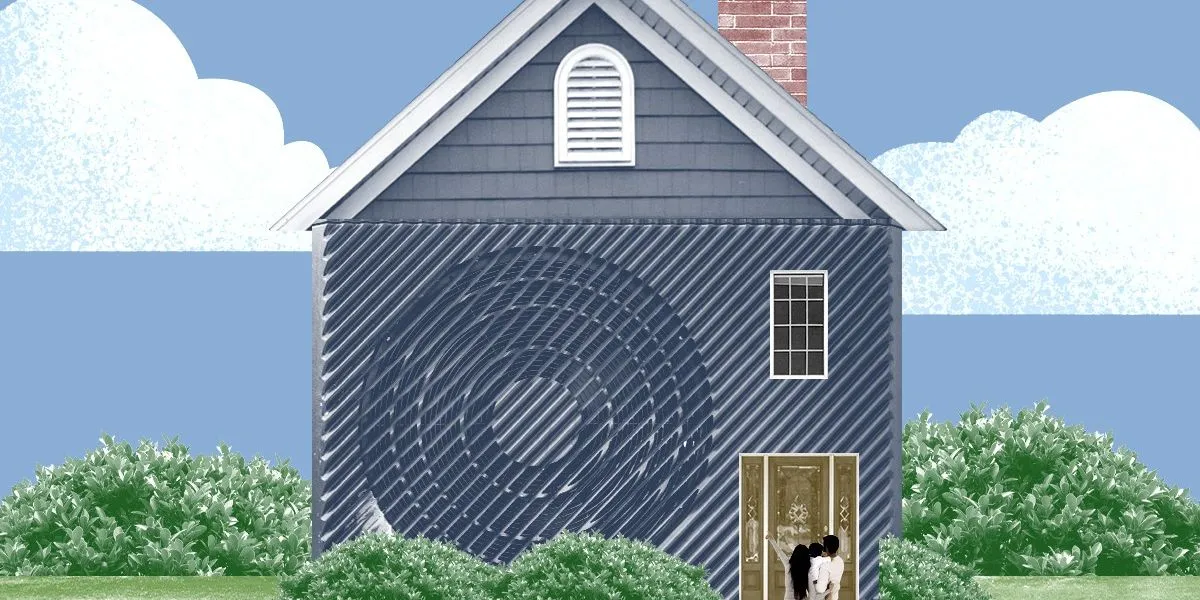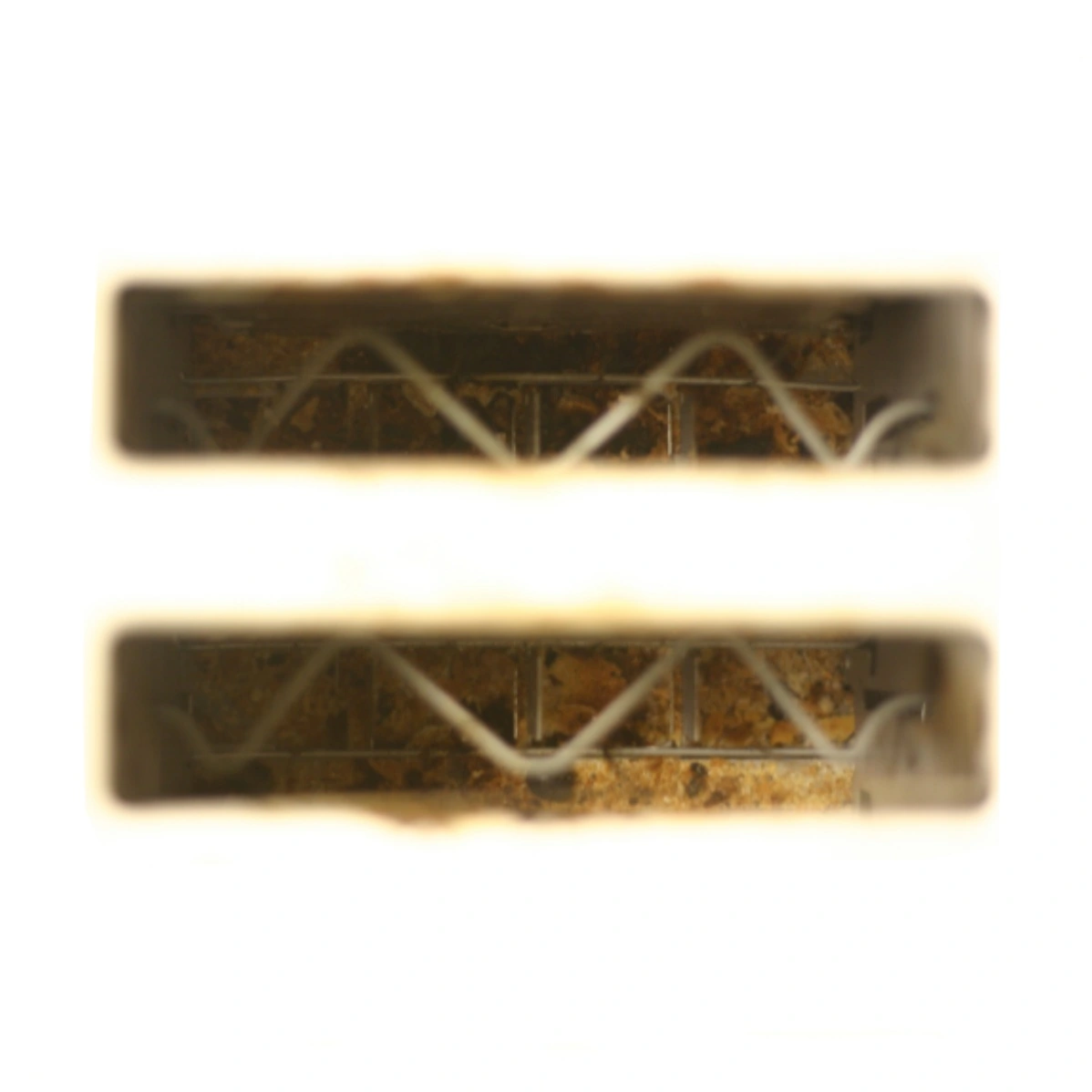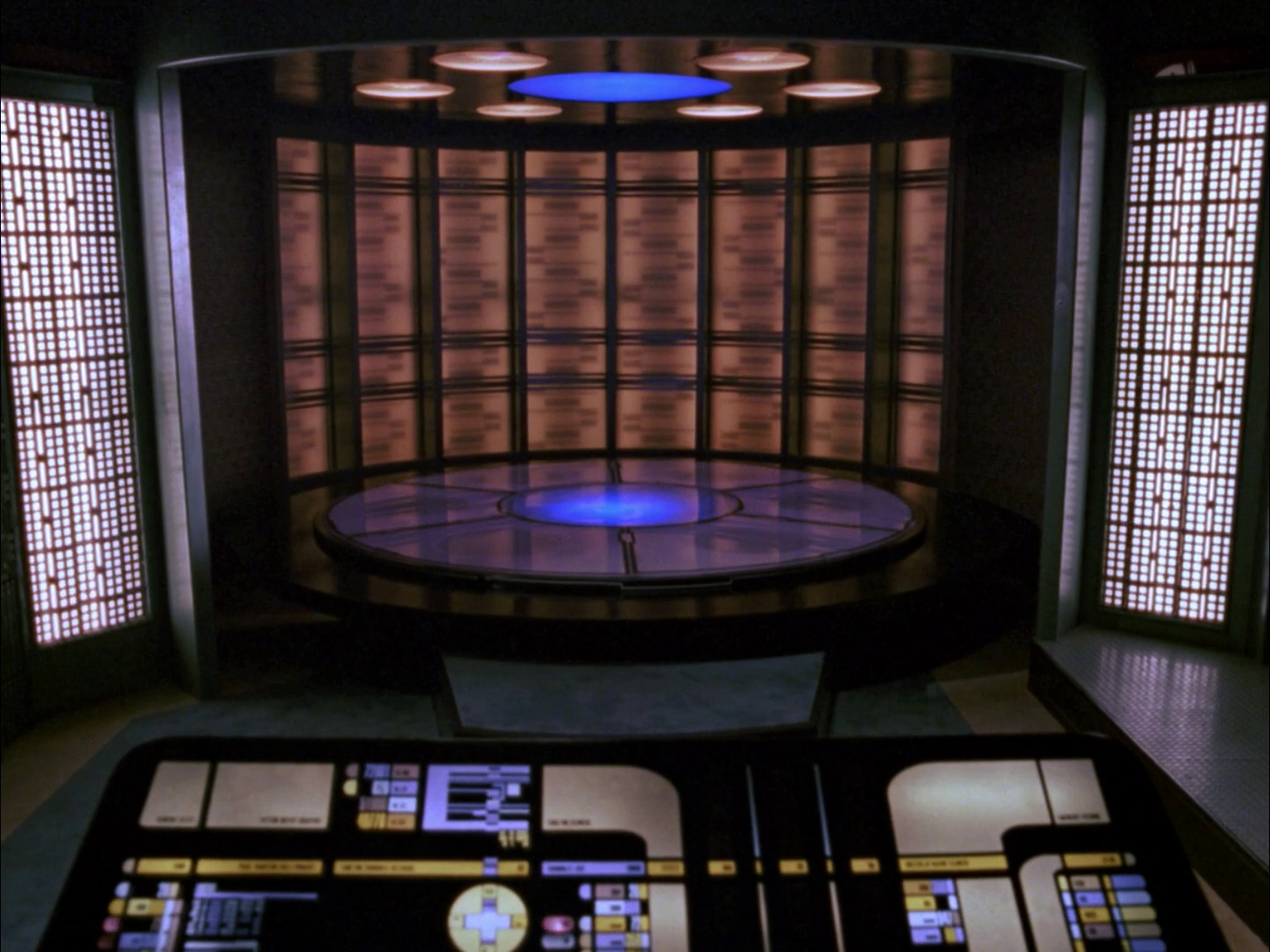If your concern is lowering a bill:
Where do they work financially? Just about everywhere.
Where do t they work financially? Homes powered by natural gas where the bill is a fixed charge.
If your concern is emissions: they work everywhere.
The TL;DR hero.
There are still some edge cases where a grid-powered, air-source heat pump system MAY have slightly higher carbon emissions than a high efficiency furnace RIGHT NOW. This will happen in very cold climates (which means a lower effective seasonal COP) where the grid is very dirty. That might be an argument for not immediately electrifying.
But these systems also ought to last, with proper maintenance, something like a decade. And we should expect there to be no grids dirty enough to make that same calculus happen a decade from now. If you are replacing right now anyway, there’s nearly no cases where a heat pump isn’t the right choice.
Any if your primary goal is reducing emissions and you can afford it, getting a heat pump system installed in parallel to a traditional furnace (and then only using the furnace on the most brutal days where the COP for the heat pump at its nadir) will still absolutely lower your overall emissions, and probably significantly.
If a homeowner switches to heat pumps but continues using gas for cooking, they’ll still have to pay the full fee, which can be as high as $34 a month
I wish it were a high of $34. My “Basic Service Charge” is $43.30, and the gas company has proposed increasing it past $50. While they claim it is for infrastructure upgrades, I am sure keeping people on gas is a huge part of it.
And it isn’t just cooking. Yes, my range is gas, but so is my hot water heater and clothes dryer. And with 100 amp service, and replacing everything with electricity and canceling gas is a tough ask. And at least I have forced air. People with radiant heat are an even tougher issue
Subsidizing heat pumps with a tax credit isn’t enough. We need help making all the needed changes, including service upgrades.
And HVAC companies need to get on board. Technology Connections just released a great video showing (1) that HVAC companies routinely oversize heat pumps because they just grab the capacity of the gas furnace, adding cost and reducing efficiency (as gas furnaces are no less efficient when oversized), and (2) that HVAC companies overprice heat pumps, as they are just air conditioners with a reversing valve that switches which coil is the evaporator and condenser,
My HVAC system here in the midwest is getting long in the tooth and will soon be due for replacement, but with little more than the tax credits, I don’t know that I can afford to go heat pump, regardless of the environmental benefits.
In the US, panel upgrades are subsidized by the Inflation Reduction Act too. It won’t cover the full cost of getting off gas, but it does make it appreciably cheaper.
The Inflation Reduction Act is nice and all, but it stops too far short of fixing the issues.
First and foremost, the subsidies are in the form of refundable tax credits, which means you have to have thousands to front until you get your tax refund the following year.
Second, it isn’t much. You get a max of $600 for a panel upgrade. They say that can cover up to 30% of the cost, but no panel upgrade is only $2,000. Especially in an older home (where you are apt to find 60 and 100-amp service) that might need extensive wiring work to bring it up to the current NEC. It is likely it will only cover 10%-15% of the cost, which again, only comes as a refund months later.
And it is even less because it has to be combined with other energy improvements, which means you are fronting even more money.
Heat pumps are much the same. Only a $2,000 credit on what is likely a $12,000+ project.
And let’s not forget there is also a $600 credit each for stand-alone air conditioning and furnace. So unless a year pump is only $800 more than a new furnace and AC, the tax credit isn’t helping much.
If we want people to pick the green option, the green option needs to be the least expensive, not just in the long term, but thanks to boots theory also has to be cheaper in the short term.
The rules let you get the tax credit as a rebate when the upgrade is done, though I don’t think that has fully rolled out.
The reality is that in much (though not all) of the country, it’s cost-effective to replace a near-end-of-life fossil furnace with a heat pump, since it will lower their ongoing heating bill. People do still need to substitute capital for future fuel payments, and that’s a big deal, but it’s a lot better than it was.
The rules let you get the tax credit as a rebate when the upgrade is done, though I don’t think that has fully rolled out.
That would be nice, but I cannot find a source. Heck, I was checking and it turns out these credits are NONREFUNDABLE, so you can only get a max of what you pay in taxes.
The reality is that in much (though not all) of the country, it’s cost-effective to replace a near-end-of-life fossil furnace with a heat pump, since it will lower their ongoing heating bill. People do still need to substitute capital for future fuel payments, and that’s a big deal, but it’s a lot better than it was.
Eh, sadly, it is a bit fuzzier for many of us.
I just added up the last 12 months of gas bills. Came to about $837. But as I said at the start, $43.30 is a fixed charge. So really I only spent $318 on fuel. Based on my summer bills, I use ~$7/month in gas for cooking, drying, & hot water. So the reality is I only paid less than $250 on heating fuel. Granted, it was a warm winter and those costs will likely go up in time, but still.
At my current electric rate of ~$0.07/Kwh, and assuming that the added use will be at least 1,500 Kwh, that means I save, what, $150/year? That may sound good, but that is a painfully slow playback.
And, again, that is if I can even afford ANY increased cost. Whatever I get, I will have to finance it as it is. Most of us don’t have $12,000+ sitting around for HVAC. I want it, and I think heat pumps are great, but not enough is being done to make them the economical choice for those of us in colder cities with a lot of older homes.
I just got a 600 and 2000 credit on a heat pump I bought last year. Funny story, too, because most variable units don’t technically qualify. The unit I picked did, but the HVAC people had it on back order and talked me out of it for a slightly older, slightly better variable unit. After a heated back and forth, I talked them into giving me an additional 2000 since (we thought) I wouldn’t qualify for the tax credit and I was gonna wait. Fast forward to today, turns out I did qualify and I managed to bumble my way into a discount and a credit.
By the way, if you live in CA, you can see a distribution of what people paid because the Cali credit requires transparency. It’s even got a list of the dealers, since they have to give that into when applying for the credit.
Last piece of advice, buy during an off season. HVAC is most in demand in the heat of summer, so doing it in the fall when it won’t be useful gives you leverage. The baseline for the 2.5 ton unit was $16k (with non variable 2 tons at $10k) and I got them down to $12k before tax credits and rebates, and that included removing my old gas heater, capping the line, installing vents, revamping my attic, and installing a new sub panel.
I think we’ll see heat pumps drop like a stone when its realized they’re AC units that cost 1/5th of the price with an extra expansion valve.
What’s going on now, between unit cost and insane installation prices, is the wild west.
Depending on where you live, you may be able to get discounted or free home energy assessments and/or heat pumps.
I call this the laser disc phase. When a tech is new and cool but still not evolved to practical.
We need to see whole house systems. All heating and cooling in the house in one system. AHU, dryer, fridge, water heater, oven, …
When a tech is new and cool but still not evolved to practical.
My friend, there is nothing “new” about this technology. It has been around for ages. As a child I lived in a home with a heat pump, and that was in the late 80s. I’m gettin’ pretty old here, and heat pumps are even older than me. Heat pumps are just air conditioners with one extra part: a reversing valve that allows the direction of flow to be switched so the hot side of the system can be inside in the winter and outside in the summer.
Heat pumps don’t require further evolution to become practical, they’re already practical. Beyond practical! It’s a heating technology capable of efficiency greater than 100%. It’s called a “heat pump” because the system doesn’t create heat, it moves heat. From outside to inside in winter, and inside to outside in summer. Since a heat pump is not creating heat, instead moving energy that already exists, it’s possible to get more energy out (in the form of heat) than the energy you put in (in the form of electricity). Generative heating technologies (natural gas or oil furnace, resistive electric heat) cannot match that as they will always be below 100% efficiency.
I live in Canada, I have a heat pump, and it is great. If you think heat pumps are bad, or not suited to northern climates, or not yet practical… I’m sorry, but you’re misinformed.
What’s new is that heat pumps capable of warming a house in truly cold weather became commercially available in the US
My heat pump does fine at 0F. And has done since the late 80s. And if it can’t it has electric backup heat.
This has been what’s in my house/apartments since I was 8 and first learned about them when ours went out and my grandpa came over to fix it.
Heat pump, with 1-3 rows of coils for electric backup heat. Lowest Temps I’ve experienced were -20F and highest were 110F. Struggled to cool below 75 at the top, and heat above 60 at the lows. But those are rare extremes (on the low side anyway, I expect the high side to “peak” more often in coming years)
And none of the systems were younger than 2005.
Ground source or air?
Air. Just a bog-standard midrange heat pump, though it’s probably grossly oversized.
So you have an integrated system that all the appliances I listed run on? Or you have an old fashioned forced air unit with its own condenser?
No, because that would be silly.
you are the one saying you had it in your childhood home.
The house I live in has had a heat pump since there were laserdiscs. They’re not new, they’re just air conditioners running backward.
Show me. I want to so your dryer and fridge connections to the variable port condenser from 40 years ago.
That sounds both like you’ve had a stroke and that you want one compressor to do three jobs, which is stupid because they all need to be different sizes.
My dude, you are never going to have a heat pump oven.
But the neat thing is they STILL work together. The heat cast off by a fridge/freezer can be picked up by a stand-alone heat pump hot water heater. When you need cooling, both that hot water heater and the heat pump will work to cool the house. And in the winter, the heat the hot water needs will be first bought in by the heat pump.
Watch and learn: https://www.youtube.com/watch?v=43XKfuptnik
The best part about my heat pump water heater is I have a massive “refrigerator” in my house. It keeps the room it’s in about 45°F year round, which is great for storing wine and root vegetables, and storing beverages in there means they get cold in the fridge a lot faster.
Great for those on the south. Not as great for those of us that have to heat our homes, meaning a furnace or another heat pump needs to make up that heat.
Not that they are bad, mind you, they are quite good, just another part of the economic equation. Makes it more of a home run where you are cooling most of the year anyway.
My water heater is in an unheated basement closet, so technically most of the energy it’s getting is geothermal since the walls are always at 50 degrees. It would probably be even more efficient if
Also, since the water heater is inside the house and is constantly leaking heat, it’s not really cooling the house very much at all because the heat is still inside, just in an insulated bottle.
Mine is in my finished, heated basement (which is largely above street grade, so not too much geothermal). And while some heat does go back into the room, much of it goes down the drain when you use hot water.
Hell no, the power grid being a central point of failure is enough of a concern, we don’t need to lose power to the fridge when any of the other interconnected systems needs repairs.
I have news for you, my natural gas furnace doesn’t work when there is no power, either. Turns out you need electricity to ignite the gas, run a fan to exhaust combustion gases, and circulate air through the heat exchanger and ductwork.
Just amazing that the thing I pointed out is true for you too! What are the odds?
But does your fridge being unplugged for repairs impact your furnance running now?
??? the power grid is already a single point of failure. And, with what I proposed a fridge would only have power for the light, it would not need to be plugged in to get cold. You should look into hermetic pump systems before you go off making obtuse dismissals.
the power grid being a central point of failure is enough of a concern
??? the power grid is already a single point of failure.
What do words mean?
This is why I supplement my heat pump with a wood stove in the winter. In a real pinch I can heat my house with furniture.








